
10 things to know about the KohiNoor and why India wants it back
Új könyvükben Koh-i-Noor: A világ leghírhedtebb gyémántjának története című könyvében Anand és Dalrymple több mint négy évszázadnyi indiai történelmen keresztül dolgozzák fel az igazságot a gyémántról, "átkutatva a régi kutatásokat", mint az indiánok, akik a folyami homokot szitálták gyémántért, mondja Anand. És a valódi történelemnek is megvan.

India changes tack over return of KohiNoor diamond India The Guardian
A Koh-i-Noor gyémánt Hogy került a Koh-i-Noor gyémánt a Kamilla királynőnek szánt koronára? Feszültséget szült volna India és a britek között A Koh-i-Noor nevű gyémántot több nemzet is visszaköveteli Nagy-Britanniától. Polgár-Kovács Gabriella 2023.05.02. III.
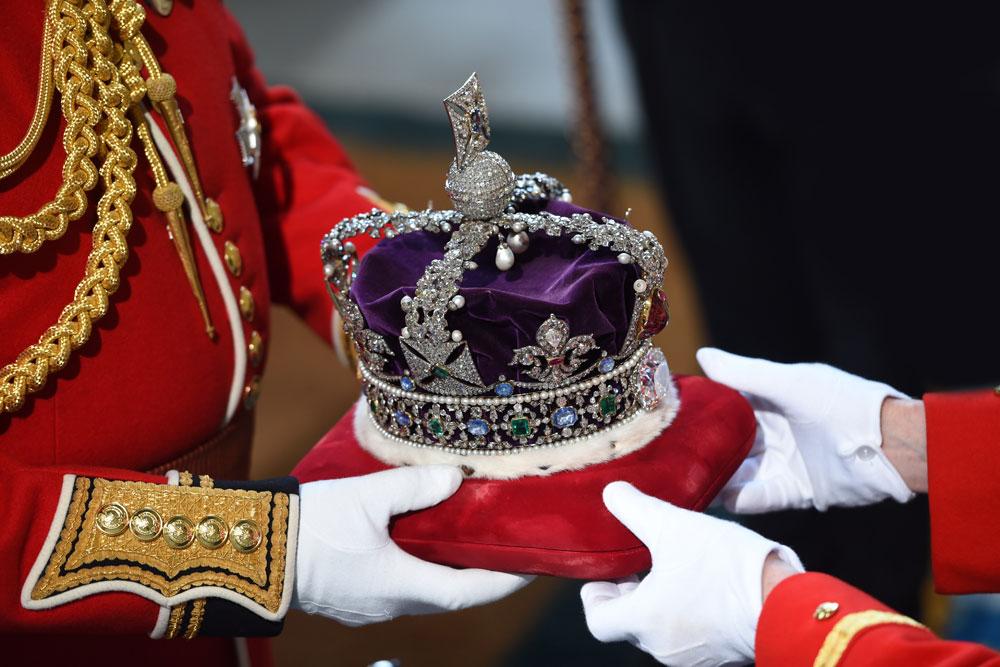
A KOHINOOR ÁTKA Prusi Dosszié
It is believed that the famous Darya-ye Noor diamond is Kohinoor's double. The Darya-ye Noor is hosted in Iran and has 182 carats. India and Pakistan claim the diamond should be handed by the British back to them. Kohinoor Diamond Cutting. When the Koh-i-Noor diamond arrived in the hands of the British royal family, it weighed 186 carats (37.

Pakistan lays claim to the KohiNoor diamond centrepiece to the Crown Jewels Daily Mail Online
The Koh-i-noor, which means Mountain of Light, was discovered in the Golconda mines in what is now the southern Indian state of Andhra Pradesh. The diamond's existence was officially documented in the 18th century, although its history could date back hundreds of years before this. The large, colourless diamond is said to have passed between.

A história do diamante KohiNoor FENINJER+
The Koh-i-Noor diamond (also Koh-i-Nur or Kūh-e Nūr) is one of the largest and most famous cut diamonds in the world. It was most likely found in southern India between 1100 and 1300. The name of the stone is Persian meaning 'Mountain of Light' and refers to its astounding size - originally 186 carats (today 105.6).
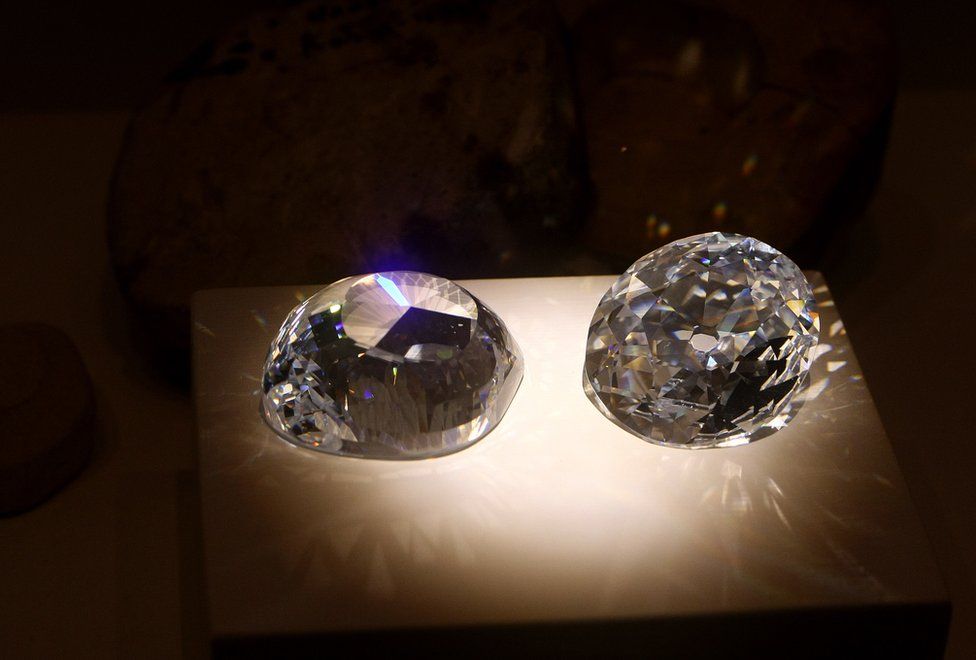
KohiNoor Six myths about a priceless diamond BBC News
4 See Calve rt v. C alve rt, 6 1 Nev. 1 68, 1 22 P.2 d 426 (1 942); M az our v. M az our, 64 N ev . 245, 180 P. 2d 103 (1947). 5 Murphy v.Murphy, 65 Nev. 264, 271, 193 P.2d 850, 854 (1948). 6 97 Nev. 143, 625 P.2d 568 (1981).-2-Originally, the Nevada Supreme Court seemed to express the rule that if a party had an attorney , no sort of fr audulent conduct by the other party would permit post.
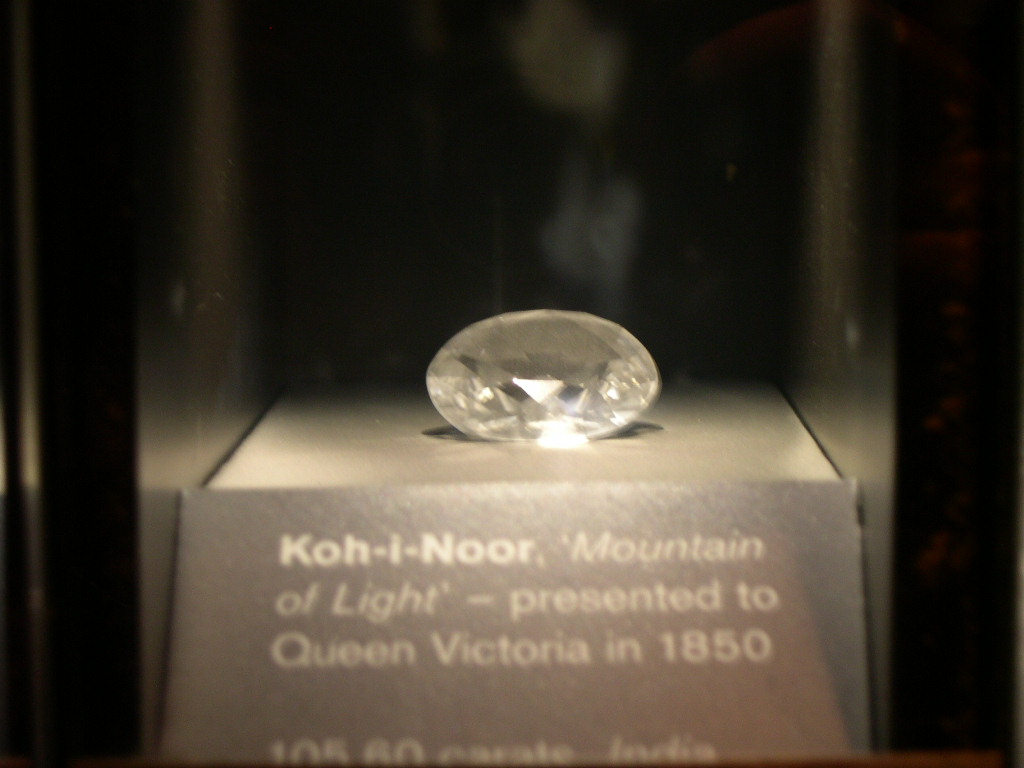
Kohinoor Natural History Museum Sumeet Sirnani Flickr
A large diamond, valued at "half the daily expense of the whole world," is mentioned in the memoirs of Babur (1483-1530), the first Mughal emperor of India. Babur's diamond, thought to be the Koh-i-noor, changed hands many times and was owned by various Indian and Persian rulers over the centuries. It is said to have obtained its current.

A KohiNoor gyémánt átka Sötét titkokat rejt a brit királynéi koronát díszítő drágakő
A Koh-i-Noor gyémánt - a fehér briliáns Egy újabb elátkozott kő keletről Folytatjuk kalandozásainkat a híres és időnként hírhedt gyémántok között. Egy újabb elátkozott kő, egy csodálatos fehér ? kissé zöldbe hajló ? briliáns, a Koh-i-Noor gyémánt következik.

Inside India 8 The curse of the KohiNoor Diamond Vaseem Khan
A Koh-i-Noor gyémánt egyébként 105,6 karátos. Ára hozzávetőlegesen 140 millió és 400 millió dollár között mozog, viszont sokak szerint az értéke tulajdonképpen felbecsülhetetlen. Kamilla királyné ugyan valóban azt a koronát viseli majd, melyen egykoron rajta volt a szóban forgó drágakő, ezúttal viszont mást tesznek a helyére.
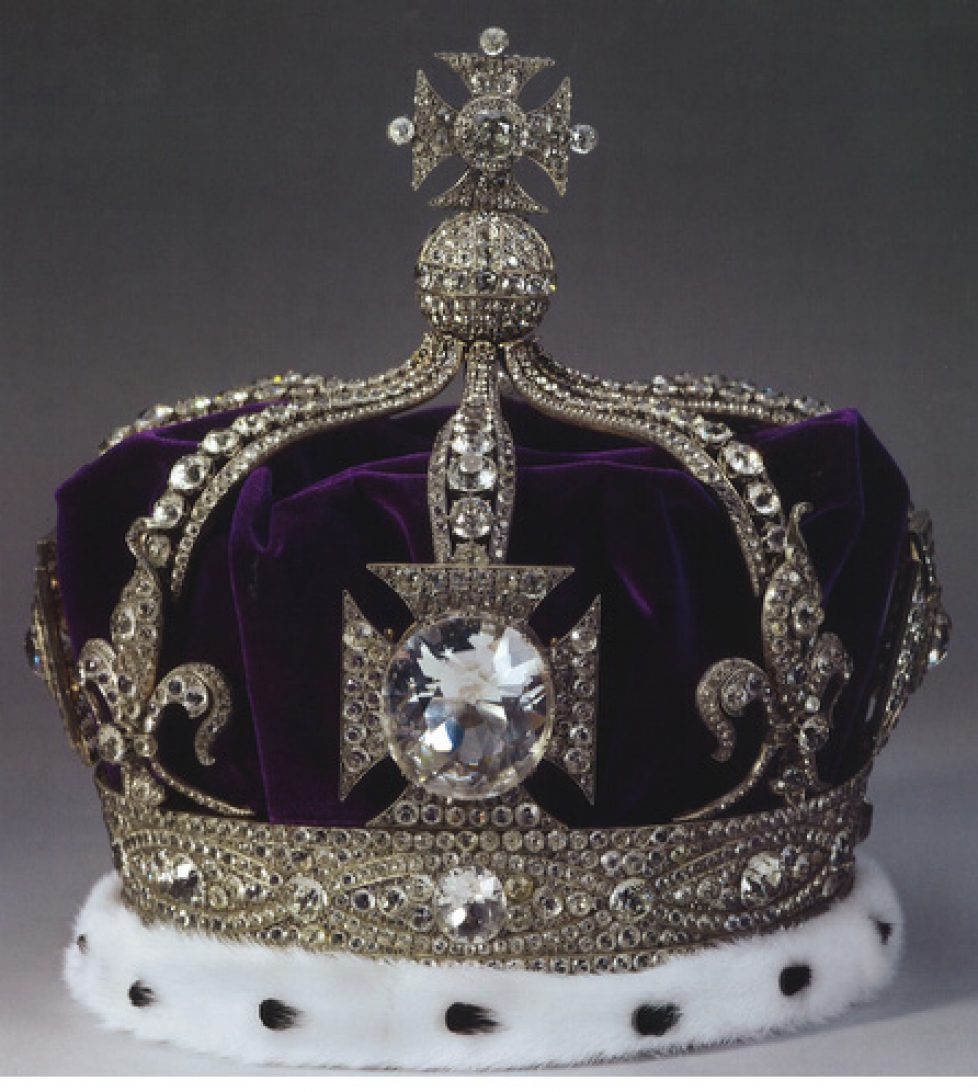
L’Inde revendique la restitution du KohiNoor Noblesse & Royautés
Koh-i-Noor gyémánt A Koh-i-Noor a világ legnagyobb csiszolt gyémántja, amely India középkori korszakából származik. Eredeti súlya körülbelül 186 régi karát volt. A gyémántot valószínűleg a Kollur-bányából bányászták, és különböző indiai uralkodók tulajdonában volt.

Mégis vissza akarja szerezni a India
Queen Victoria wearing Koh-i-Noor as a brooch, in an 1856 portrait by Franz Xaver Winterhalter. Wikimedia. Caught in the power tussle between the court of directors and the board of control.
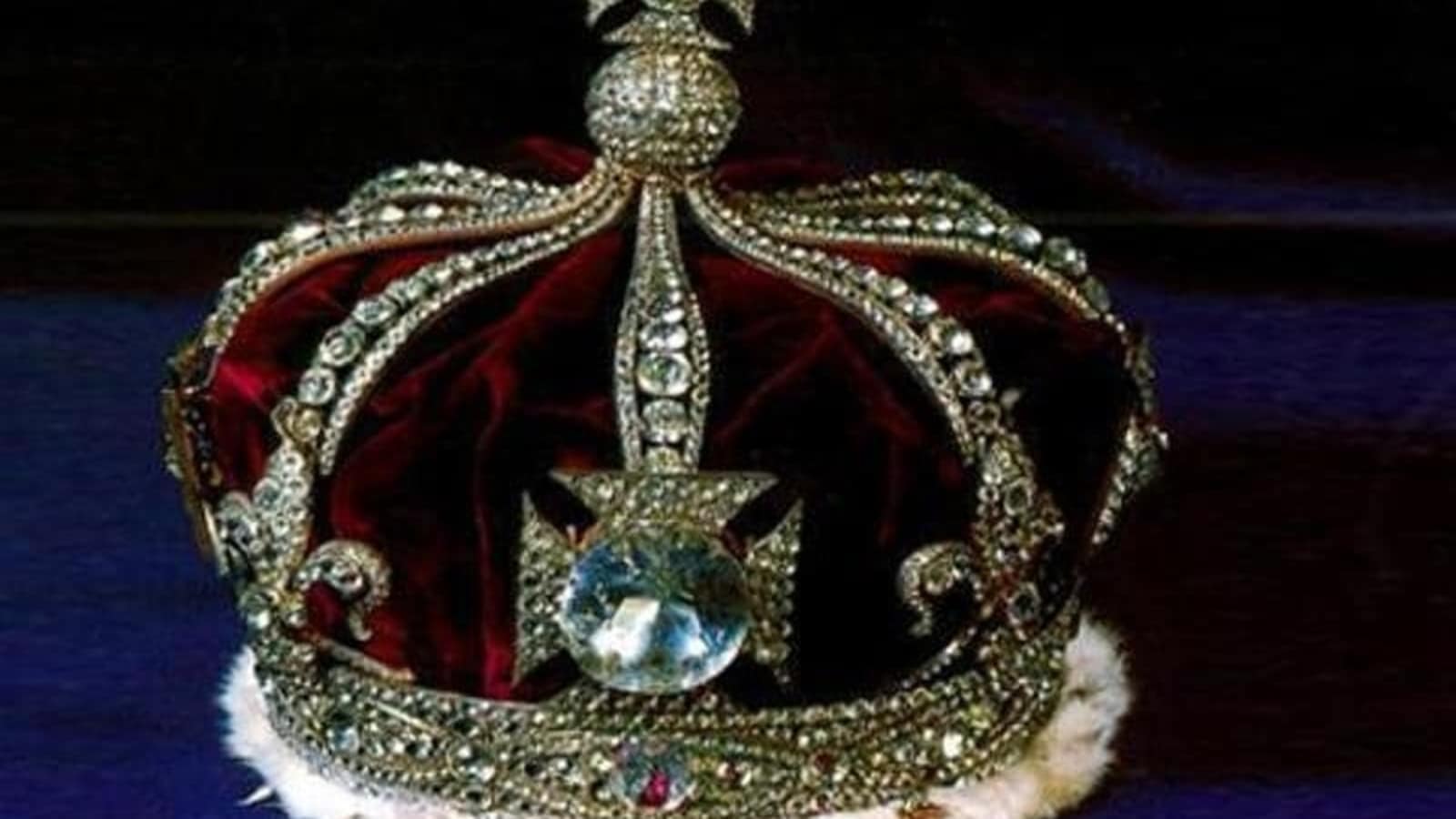
13 érdekes tény II. Erzsébet királynőről Magyar Éremkibocsátó Kft. Érmék és emlékérmek
The Koh-i-Noor ( Persian for 'Mountain of Light'; / ˌkoʊɪˈnʊər / KOH-in-OOR ), [b] [4] [5] also spelled Koh-e-Noor, Kohinoor and Koh-i-Nur, is one of the largest cut diamonds in the world, weighing 105.6 carats (21.12 g). [a] It is part of the Crown Jewels of the United Kingdom.

Historia del Kohinoor, el diamante de Isabel II que reclama India
Koh-i-noor, (Persian: "mountain of light") one of the world's most famous diamonds, known for its size (105.6 carats) and the controversy concerning its ownership. Part of the British crown jewels since 1849, the Koh-i-noor is claimed by several countries, including India, which has demanded its return. The diamond originally weighed 191.
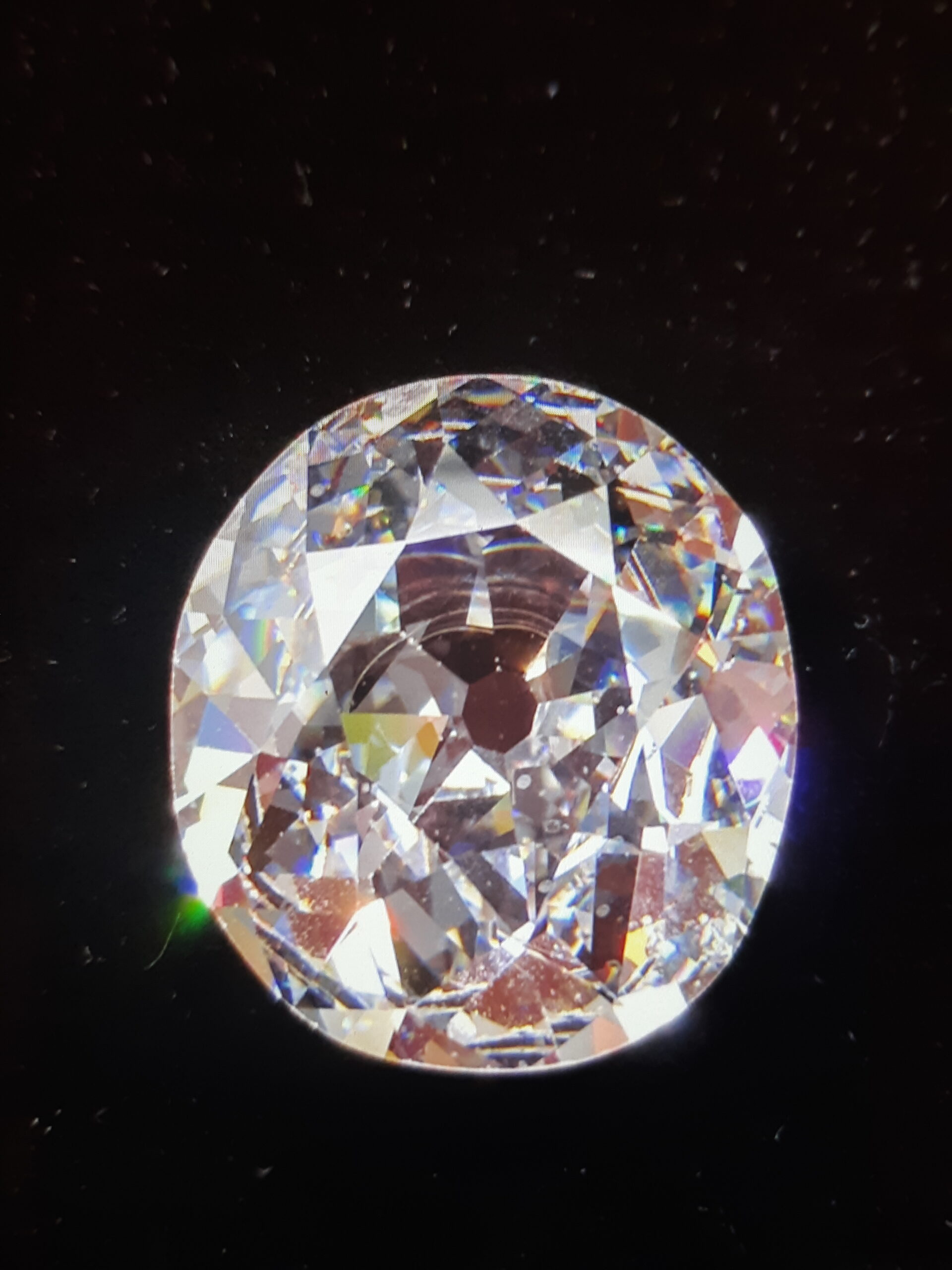
KohINoor Museum Diamonds
Koh-i-Noor A gyűrűben található gyémántot India Golconda régiójában bányászták, neve, a Koh-i-Noor perzsa nyelven azt jelenti a „Fény hegye". Ovális alakja és lenyűgöző, 105,6 karátos súlya páratlan értékű értékké teszi.

KohINoor Museum Diamonds
Az indiai legenda szerint a Koh-i-Noor története hihetetlen 5000 évre nyúlik vissza, és a drágakő Kr.e. 3000 óta a királyi kincsek része. Valószínűbbnek tűnik azonban, hogy ezek a legendák különböző évezredekből származó királyi gyöngyszemeket kevernek össze, és magát a Koh-i-Noort valószínűleg az i.sz. 1200-as években fedezték fel.

KohiNoor den historiska stölden eller gåvan Historikerbloggen
A 105.6 karátos Koh-i-Noor gyémánt jelenleg a brit koronaékszerek része, az értéke felbecsülhetetlen. Feltehetőleg az indiai Kollur bányából való, ám hogy pontosan mikor és kik bányászták, azt nem lehet tudni.